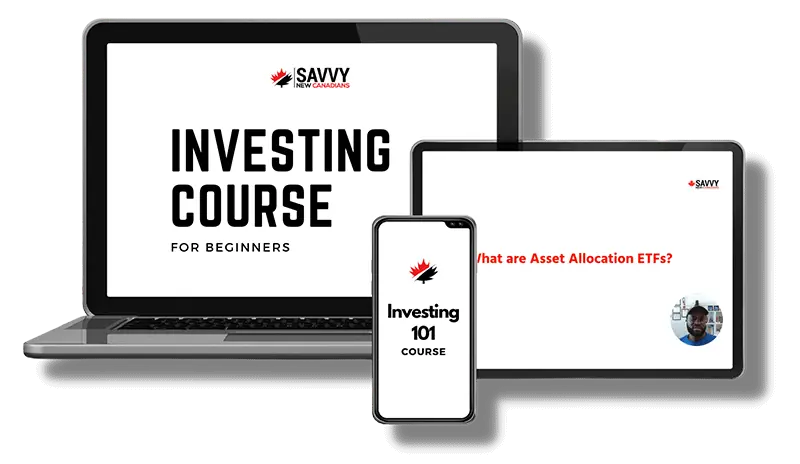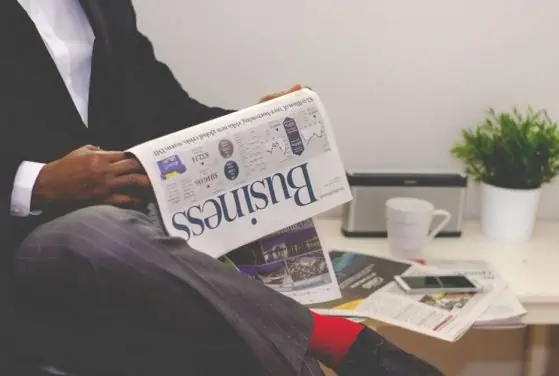Investors are encouraged not to put all their proverbial “eggs” in one basket by adding variety to their investments and holding a diversified portfolio.
A diversified portfolio contains different assets (bonds, stocks, cash, etc.) that are not positively correlated and that have a lower risk compared to being entirely concentrated in just one asset class.
When investors are allocating investment assets within their portfolio, it is essential they tailor it to match their risk-return expectations, investment time horizon, and financial needs.
This is why financial advisors use risk-profile questionnaires to assess their client’s risk tolerance. As a result of this risk profiling, they can recommend the type of investment portfolio that best suits an investor’s needs.
An example of a risk-profile questionnaire by Vanguard can be found here.
Related: Best Online Brokers and Trading Platforms.
Investment Portfolio Examples
Historical data shows that stocks are more volatile and riskier than bonds over the long term. And, even though your potential returns are higher when you invest in stocks (equities), a 100% stock portfolio is not suitable for all investors.
An investor may need stable and regular income because they are in retirement, or they may want to protect their initial capital as they save towards a home down payment.
These two scenarios above are not very conducive to the volatility that is inherent in a portfolio that is majorly weighted in Equities.
Your risk profile and income needs determine how much risk you can afford to take and what your portfolio holdings should look like. It’s on that basis that investment portfolios are broadly categorized into:
- Conservative (Income) Portfolios
- Balanced Portfolios
- Growth Portfolios
What is a Conservative Investment Portfolio?
This is also known as an “Income” portfolio.
It is designed to cater to investors who have a low-risk tolerance and need income while also wanting to protect their capital from loss of value due to inflation.
An income or conservative investment portfolio is heavily weighted with fixed-income assets (bonds, treasury bills, cash, and cash equivalents) and some stocks, including dividend-paying stocks.
For example, a conservative portfolio may hold the following asset mix:
- Fixed-Income: 70% – 80%
- Equities: 20% – 30%
Related: Save on Investment Fees with Wealthsimple.
What is a Balanced Investment Portfolio?
A balanced investment portfolio assumes more risk than a conservative one and is for investors who are comfortable with taking low to medium investment risks in their bid to generate higher returns.
Balanced portfolios provide income and capital appreciation and may hold an equal mix of equities and fixed-income assets (give or take a few percentage points).
For example, a balanced portfolio may hold at any point in time a mix of:
- Fixed Income: 40% – 50%
- Equities: 50% – 60%
What is a Growth Investment Portfolio?
An investor with a growth-oriented portfolio takes on higher risk by investing more in equities and less in fixed-income assets.
A growth investment portfolio is appropriate for investors aiming for higher growth potential and who have medium-high risk tolerance. They are also best for long-term investing strategies.
Growth portfolios generally exhibit more volatility than income or balanced portfolios.
On the one hand, this means they have the potential to generate higher returns than income or balanced portfolios. On the other hand, it means that when there is a market decline, they will suffer greater losses than less-risky portfolios.
A growth portfolio may hold a mix of:
- Fixed-Income: 20% – 25%
- Equities: 75% – 80%
A growth portfolio may hold an even higher proportion of equities (85% to 100%) and is then referred to as an “Aggressive Growth Portfolio.”
Related: Best Investment Apps in Canada.
Wrapping Up
The type of portfolio that suits your needs will depend on your investing goals, comfort level with risk, and financial needs. You should always balance risk vs. your expected return.
One general rule investors can use for determining the mix of stocks vs. fixed-income in their portfolio is to subtract their age from “100” to determine how much percentage of their portfolio should be in stocks.
For instance, using this rule, a 40-year-old investor’s portfolio would hold 60% in equities and 40% in bonds. However, this is only a rough estimate. At the end of the day, you should invest in such a manner that the fear of loss does not keep you awake at night.
Related Reading:
- Best Investment Accounts in Canada
- Best Money Management Apps
- How To Buy Bitcoin in Canada
- Vanguard’s VBAL All-in-One ETF Review
- Best Stock Trading Apps
Are you tired of earning ridiculous interest on your savings/investments? Check out EQ Bank today for some of the best interest rates on savings accounts and GICs in Canada.






